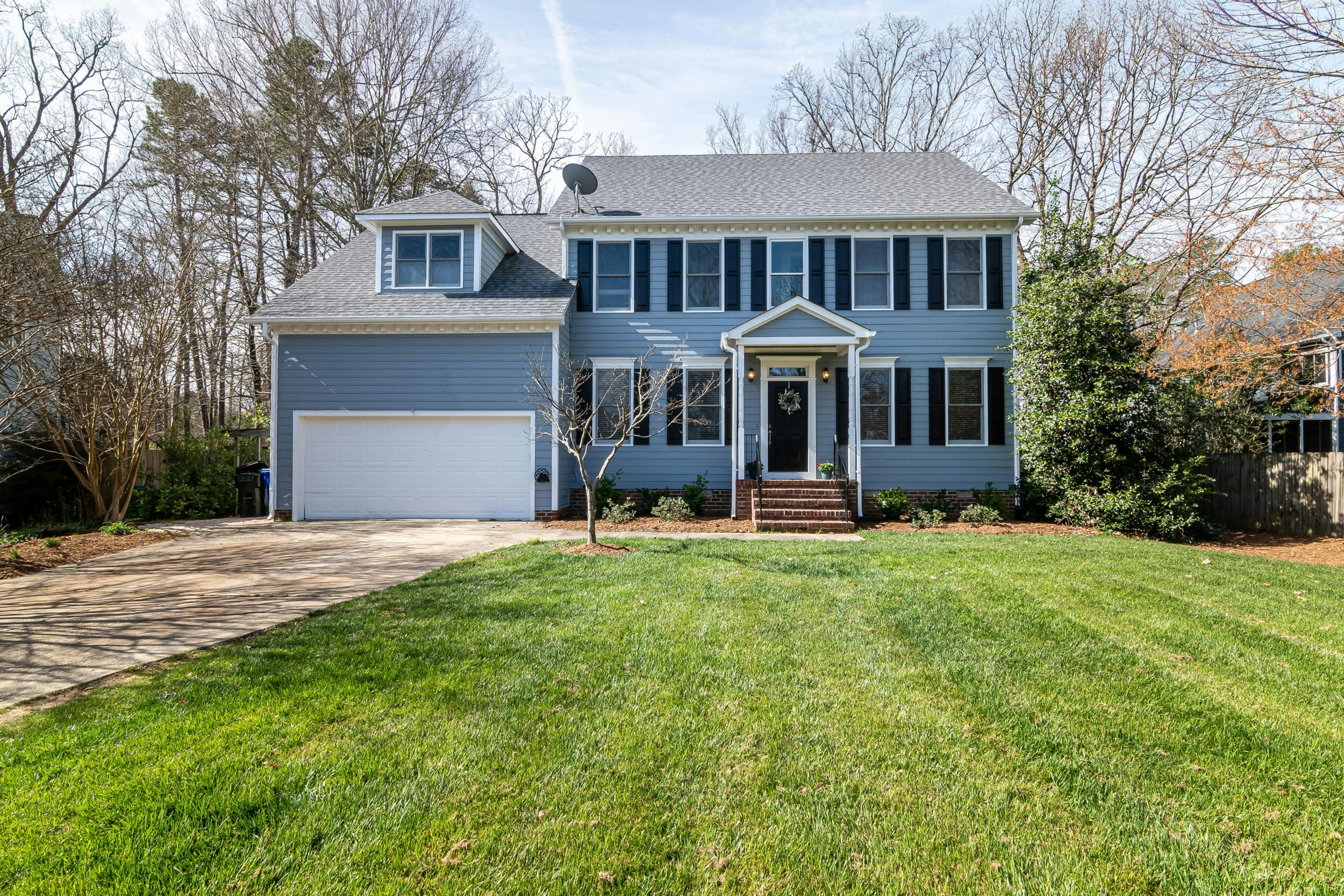When to Stop Cutting Grass in Chicago: Homesellers Guide
As the crisp air of fall sets in and the vibrant leaves of Chicago’s trees start to change colors and fall, many homeowners begin to wonder: when is the right time to stop mowing the lawn? Lawn care in Chicago can be tricky with unpredictable weather patterns, but knowing when to cease mowing is crucial, especially if you are preparing to sell your home.
A well-maintained lawn is one of the first things potential buyers notice when they visit a home. A healthy, neat yard can make a great impression, while an overgrown, neglected lawn may suggest the house is not well cared for. If you’re planning to sell your home shortly, understanding the right time to stop mowing your grass and taking steps to keep your lawn in good condition throughout the seasons can help increase your property’s curb appeal and potentially raise its market value.
Understanding Grass Growth in Chicago
Before you decide when to stop mowing your grass, it’s important to understand how grass grows in Chicago’s climate. Chicago is located in a transition zone, meaning the region experiences both cool-season and warm-season grass growth patterns. The most common types of grass in the areas, like Kentucky bluegrass, fescue, and ryegrass, are cool-season varieties that thrive in the fall and spring when temperatures are mild. Understanding this growth pattern is essential for timing your last mow of the season while ensuring your lawn looks its best for potential buyers.
The Role of Temperature in Grass Growth
As the temperatures drop in Chicago, grass growth slows down. Typically, daytime temperatures begin to cool in late September and October, signaling the start of fall. This is when cool-season grasses prepare for their winter dormancy.
During this time, the grass will gradually stop growing, reaching a point where mowing becomes unnecessary. Continuing to mow too late into the season can damage the lawn and affect its health, which is especially important if you plan to sell your home soon. A lawn that is well-maintained and free of weeds or overgrowth will make a much better first impression on homebuyers.
Key Indicators for Stopping Mowing
So, when exactly should you stop cutting your grass in Chicago? Here are some key signs to help you decide when it's time to stop mowing:
Temperature Consistency
When the average daytime temperature consistently falls below 50°F, grass growth slows dramatically. At this point, mowing can be reduced, and eventually, stopping altogether will be the best course of action. Keeping your lawn at a manageable length for potential buyers, while avoiding cutting when it’s not growing, will help ensure your yard looks well-kept without unnecessary wear.
Frost Appearance
The arrival of the first frost is another strong indicator that it’s time to stop mowing. Frost can damage grass blades, and mowing on frosty grass can cause additional harm. When you start noticing frost on the grass in the mornings, it’s a sign that the season is winding down, and the grass is nearing dormancy. As you prepare for the winter months, ensure that your yard continues to look inviting to buyers by keeping the lawn healthy and safe from frost damage.
Grass Length
When preparing your lawn for winter, it’s important to leave the grass at an ideal length. The last mow of the season should aim for a height of around 2.5 to 3 inches. This height helps to protect the roots and can even prevent snow mold, a common lawn disease during the colder months. A healthy, properly maintained lawn can enhance the visual appeal of your home, making it more attractive to prospective buyers.
Benefits of Properly Timing Your Last Mow
Stopping your mowing routine at the right time has several advantages for your lawn, especially if you’re thinking about selling your home:
Protects Grass Health
Allowing the grass to enter dormancy without unnecessary mowing ensures that it will come back strong in the spring. For potential buyers, seeing that the lawn has been well cared for throughout the year is a good indicator that the entire home has been well-maintained.
Prevents Disease
By keeping the grass at the right height and avoiding mowing during frost, you can reduce the risk of diseases like snow mold. A lawn free of weeds and disease will help make your home look more appealing and may increase its value.
Saves Time and Resources
When you stop mowing in the fall, you save time, energy, and fuel. You can focus on other aspects of getting your home ready for sale, like decluttering the interior or addressing any maintenance issues. A neat, well-kept lawn can go a long way in improving your home’s overall curb appeal without taking up too much of your time.
Lawn Care Tips for Chicago Homeowners
Even after you stop mowing for the season, there are several other important lawn care tasks to consider. Preparing your yard for the harsh Chicago winter can not only protect your lawn but also add to your home’s attractiveness to potential buyers.
Aerate the Lawn
Aerating your lawn in the fall is an excellent way to promote healthy growth for the following year. It helps relieve soil compaction, allowing air, water, and nutrients to reach the roots more effectively. If you're selling your home, an aerated lawn will look well-maintained and green, offering a healthier appearance to prospective buyers.
Fertilize
Applying a slow-release fertilizer in late fall is an essential step in preparing your lawn for the winter. It helps grass store nutrients that it can use in the spring, giving it a head start as the temperatures warm up again. A healthy, vibrant lawn can help increase the value of your home when it’s time to sell.
Rake Leaves
While fall leaves are beautiful, they can cause problems for your lawn if left unchecked. Fallen leaves can smother the grass, leading to mold and pests. Raking the leaves regularly will help keep your lawn healthy and free of debris, which is important for maintaining a clean, neat look as you prepare your home for sale.
Overseed
If your lawn has bare patches or looks thin, fall is the perfect time to overseen. The mild temperatures and increased moisture during this time make it easier for seeds to germinate. A full, lush lawn can significantly enhance your home’s curb appeal, potentially leading to a quicker sale.
When to Resume Mowing in the Spring
As winter fades, it’s important to know when to start mowing again. For Chicago homeowners, the best time to resume mowing is when temperatures rise consistently above 50°F and the grass begins actively growing again in the spring.
Start with a light mow, trimming just the tips of the grass blades. As the grass begins to grow more quickly, you can gradually increase the frequency of mowing. A well-groomed lawn during the spring months can make a great first impression on potential buyers, helping your home sell faster.
Wrapping Up
Knowing when to stop cutting grass in Chicago is important not only for maintaining a healthy lawn but also for increasing your home’s appeal if you plan to sell. By paying attention to temperature changes, frost, and grass length, you can make the right decision about when to stop mowing. Additionally, fall lawn care tasks like aerating, fertilizing, raking leaves, and overseeding will ensure your lawn stays in good condition through the winter and looks attractive when spring arrives.
A well-maintained yard is one of the first things potential buyers will notice when they visit your home. By taking care of your lawn in the fall, you can improve its curb appeal, boost your home’s value, and make a positive impression on buyers. With these tips in mind, you’ll be ready to sell your home with a healthy, beautiful lawn that’s sure to stand out.






